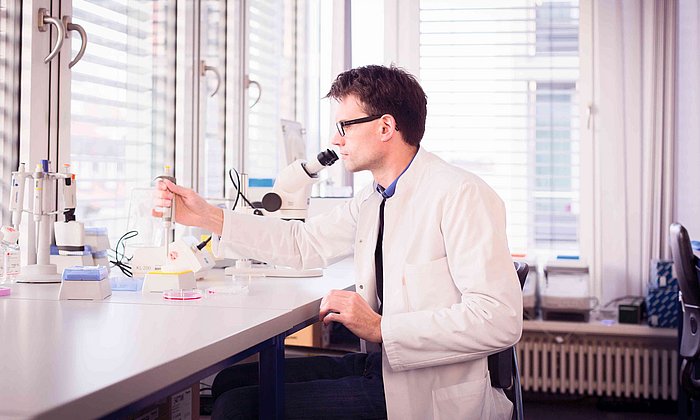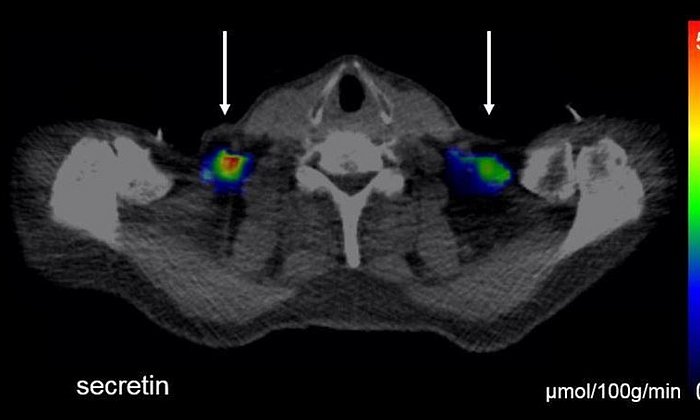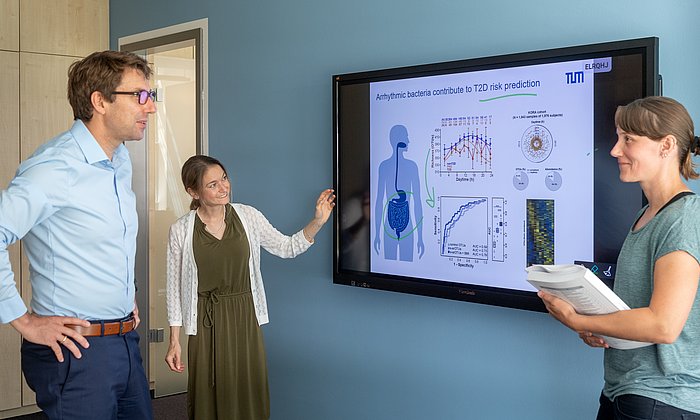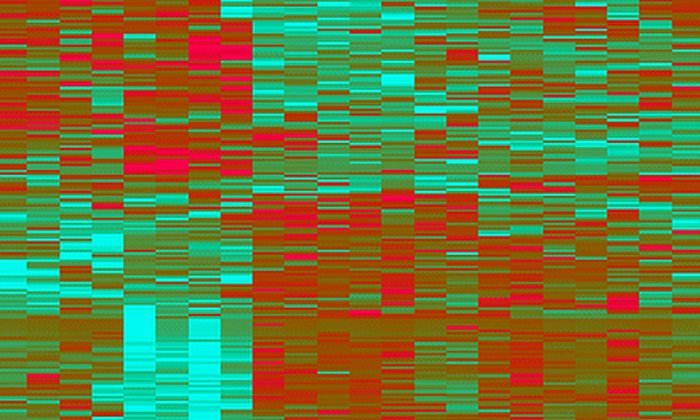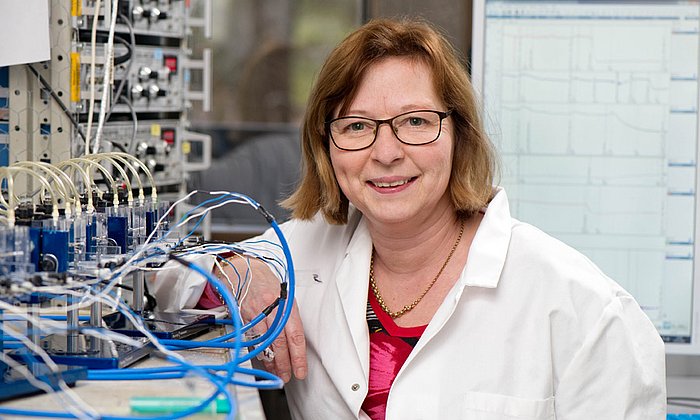Flow velocity in the gut regulates nutrient absorption and bacterial growth
More than a gut feeling

Curled in our abdomen, the human intestine is around 7 meters long. It takes around 8 hours for food to pass the small intestine for digestion. During that time, nutrients from the food are absorbed by the enhanced surface of the gut. At the same time, beneficial bacteria located in the intestine contributing to digestion are also absorbing nutrients from the passing food.
Researchers from TUM and the MPI-DS now showed that nutrient absorption and bacterial levels are directly coupled to the flow velocity in the gut: at high flow rates, bacterial growth is contained, but at the same time nutrient absorption in the gut is also worsened. On the contrary, a low flow can improve nutrient absorption, but also favors excessive bacterial growth which may be harmful to the digestive system over time.
Complex dynamics revealed
The researchers for the first time revealed the complex dynamics between nutrient absorption, flow, and bacterial growth. “Our model based on mice showed that at a certain flow speed an optimal nutrient absorption is achieved, while optimal bacterial levels are obtained for a different flow speed,” comments Karen Alim, Professor of Theory of Biological Networks at TUM and Research group leader at MPI-DS.
“Our results suggest that the gut alters between these different flow speeds to regulate nutrient absorption and bacterial levels, in coordination with meal-intake or fasting, and on the bacterial level reached in the intestine,” explains Agnese Codutti, first author of the study. This way, the nutrient absorption, as well as the bacteria levels, also influence and give feedback on gut flow regulation.
Our health depends on our gut behavior
But what happens when the gut is not working properly? Any disruption in the gut flows and in the feedback mechanisms may lead to excessive bacterial growth. This could have serious consequences on our health, provoking chronic fatigue, headaches, poor nutrient absorption, and bloating. The new findings of the study provide important insights into mechanisms behind these diseases and can help to preserve a healthy gut, the researchers explain.
- Agnese Codutti, Jonas Cremer and Karen Alim: Changing flows balance nutrient absorption and bacterial growth along the gut, Physical Review Letters 129, 138101
doi.org/10.1103/PhysRevLett.129.138101
Technical University of Munich
- CCC / Manuel Maidorn (MPI-DS)
- stefanie.reiffert@tum.de
Contacts to this article:
Prof. Dr. Karen Alim
Technical University of Munich
Professorship of Theory of Biological Networks
+49 89 289-12192
k.alim@tum.de
